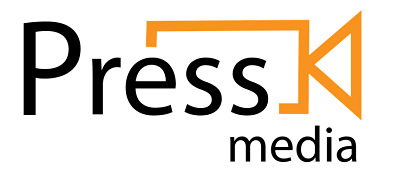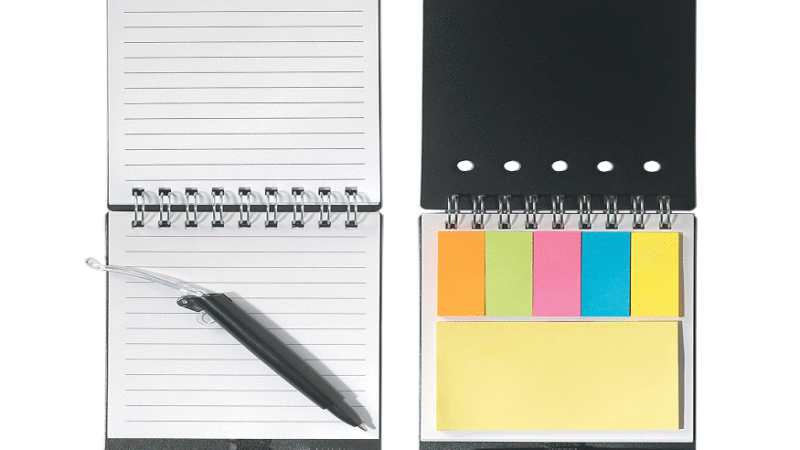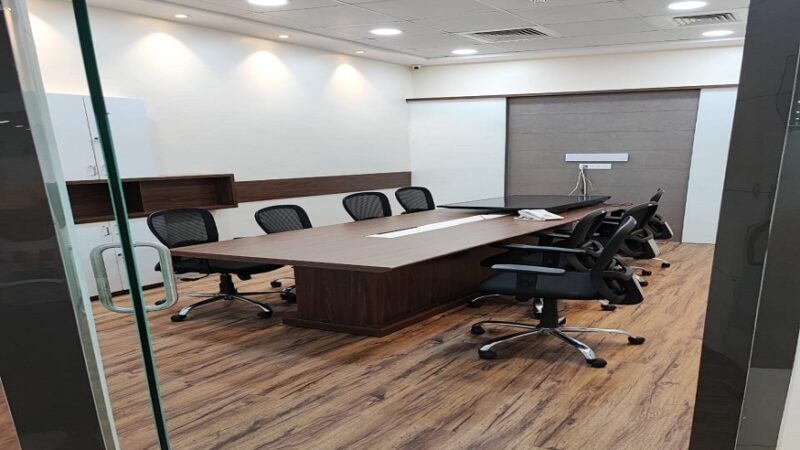Unwrapping Success: Smart Ways to Choose the Right Flexible Packaging Partner

Packaging serves a variety of functions within the current competitive market, from conveying brand identity to safeguarding products, increasing shelf appeal, and providing convenience. Flexible packaging, with its variety of shapes and green credibility, has become the preferred option of many businesses in various industries very rapidly. There has by no means been a greater urgency for higher, greater dependable, and extra revolutionary bendy packaging in case your company is in food, prescription drugs, cosmetics, or electronics. However, selecting the most appropriate flexible packaging supplier isn’t constantly simple. The decision can be daunting due to the immense number of vendors, technology, and design available. The right partner can propel sales and boost the appeal of your product; the wrong one can damage your brand’s reputation and cause you expensive setbacks. How, then, do you traverse this minefield? In selecting a flexible packaging company that supports your business objectives, the following are the essential elements to pay attention to in making a sound and calculated choice.
Ways to Choose the Right Flexible Packaging Partner
1. Evaluate Their Material Understanding and Customisation Expertise
Not every company deals in the particular substrates your product can demand, and not every material is equal. The company’s knowledge of material science is key if you need recyclable laminates, resealable packets, or moisture barrier films for its protection. Equally as vital is their skill at modifying the materials to meet the environmental requirements, sensitivity, and shelf life of the product.
In addition to providing a variety of material choices, a great packaging supplier will also provide professional advice on what would work best for your product type. Rather than providing general solutions, look for companies that package to meet individual applications.
2. Look at Design Capabilities and Print Quality
A buyer’s choice to buy the product may be based on how appealing it looks in the shop. Your company image must be clearly and consistently communicated through the packaging you select. Excellent printing technology, colour accuracy, and precise attention to detail are necessary for this.
Request samples of the supplier’s previous work prior to making your selection. Inspect the alignment, quality, and illumination of the print. Even after large-scale production, any barcodes, QR codes, or key nutritional information on your package still need to remain readable and scannable. Greater control and design capability in the end product is offered by companies possessing in-house design teams and high-end printing equipment.
3. Verify Compliance with Industry and Regulative Standards
Flexible packaging should adhere to a chain of environmental, health, and safety standards, particularly in the food and medicine industries. Compliance can come in the form of FDA regulations, ISO certifications, or local-specific standards, depending on where your products are being delivered.
A good flexible packaging supplier must be open and honest about its manufacturing processes, credentials, and material traceability. Non-compliance can lead to extreme penalties, recalls, or brand image damage. It is, therefore, important to choose a companion that is acquainted with the regulatory surroundings in your goal markets.
4. Assess Lead Times and Manufacturing Capacity
In the day of rapid product launches and shifting demand, how quickly your packaging house can produce finished goods is more important than ever before. Flexibility in package delivery and rapid package delivery are essential whether you’re expanding production or using limited edition runs.
Check operating capacities of the flexible packaging manufacturer: How large is their factory? Do they have a contingency plan in place in case there are delays? How long will it take to send bulk orders and prototype orders? Clear lead times, open communication, and capacity to handle short-term and high-volume requirements are all evidence of a quality supplier.
5. Check Sustainable Practices and Innovation
The packaging industry is always changing as a result of government and consumer pressure for environmentally friendly, sustainable solutions. Firms that invest in innovation will be better suited to meet your long-term objectives if the investments are made in smart packaging features, biodegradable packaging, or low-waste production.
Collaborate with a company specialising in flexible packaging that sees the way to sustainability. Whether your goals are to lessen plastic usage, boost recyclability, or provide biodegradable packaging, your packaging accomplice will want to provide creative answers that align together with your emblem values and environmental friendliness.
6. Inspect Value for Money and Transparency of Cost
The cost will not always be irrelevant, but it does not have to be the sole consideration on your part. Long-term effects on your bottom line can occur through choosing the lowest-cost option, which will not necessarily yield the highest quality material, lead time, or compliance. Instead, think about a company’s total value.
Ask for detailed quotes that include set-up charges, design charges, material costs, and mailing. Indicate whether prices differ in terms of customisation or volume. The most transparent open pricing scheme without extra charges reflects professionalism and builds confidence. Optimal balancing of cost, quality, and service is of most value.
7. Look at Customer Service, Reviews, and Reputation
Finally, don’t discount the influence of industry reputation and peer opinion. A packaging firm is likely to deliver if it has a good reputation, happy customers, and quick customer service. Ask for testimonials, read third-party reviews, and even phone up other firms and ask for their view.
Notice how the company responds to complaints or questions. Do they respond promptly? Do they want to collaborate and make adjustments with you? Technical knowledge is secondary to a collaborator who listens, makes adjustments, and guides you along the way. Ultimately, a quality relationship can end up saving you money, time, and stress.
Conclusion
Selecting a flexible packaging and paper bag brown partner is an investment in how the world will perceive and interact with your company, not a purchasing decision. Your package must work, be wanted, be sustainable, and be consistent in the UAE and other countries’ visually driven, quality-focused, and fast-paced surroundings. Spend some time researching, asking questions, and screening suppliers based on whether or not they are a good fit for your brand and on their abilities. Your packaging will complement your entire brand experience when you take the time to give it the care it deserves and have the right partner by your side.






